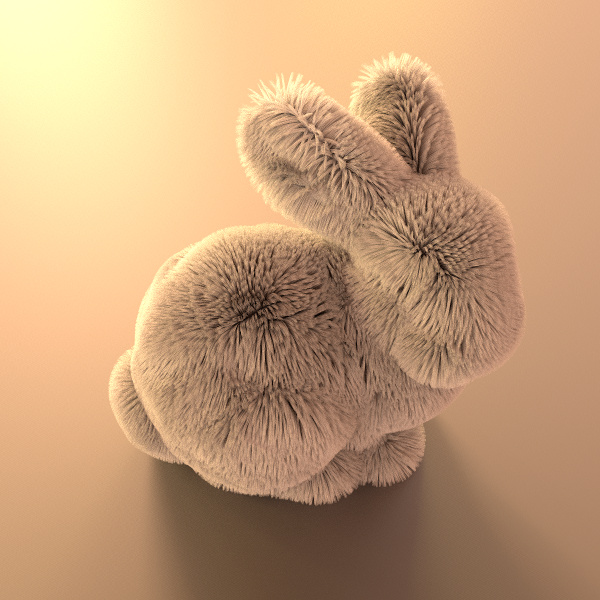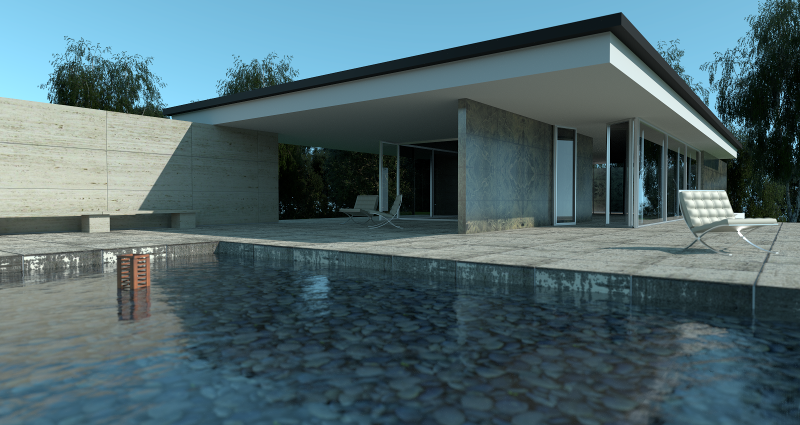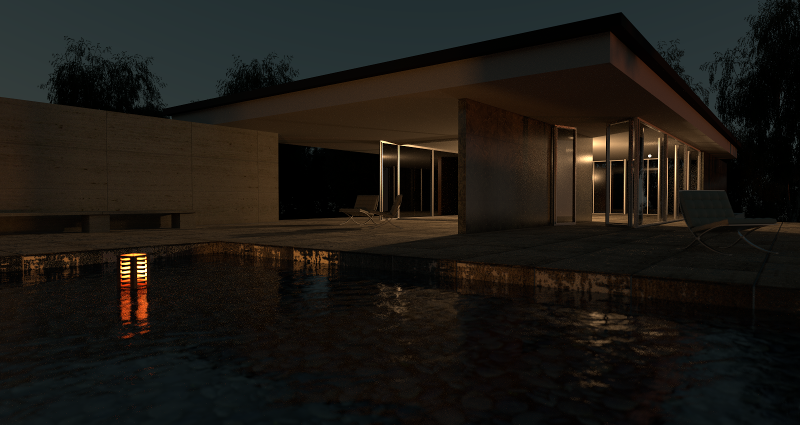Release Notes for v0.5.2
2019-04-24Documentation
I provide documentation for the latest official release and intermediate (between releases) updates. The main difference is that one links to source code (for example to the TranslucentMaterial struct), whereas the other does not, but is updated more frequently.
Re-writing the Parser
The biggest change for this release is a total re-write of the
pest based parser. The driving force
was issue #41, which is
only about the Include statements. The new parser works in kind of
two phases. The first phase reads the input file line by line, skips
entire comment lines (lines starting with an #) and empty lines, but
combines several lines into a single string for statements. Those
combined statement lines are parsed separately in the second phase.
But the main advantage of the new parser is that it can call itself
recursively e.g. for Include lines and parse each file separately
while using API calls to store the read information in a scene
description.
Here an example scene which contains only 36 lines, but includes another file with 1.5 million curves:

WindyTexture
I already posted about the Cover image for the first edition, but I didn't explain that I had to implement a WindyTexture for the waves on the creek, which in turn uses fractional Brownian motion (fBm).
TranslucentMaterial
In the next scene a texture was used for bump mapping on the water surface:


The leaves on the background trees needed a new TranslucentMaterial (see issue 89):
> rg translucent
geometry.pbrt
144: "string type" [ "translucent" ]
176: "string type" [ "translucent" ]
208: "string type" [ "translucent" ]
307: "string type" [ "translucent" ]
341: "string type" [ "translucent" ]
A more efficient GraphicsState
The C++ code was updated after the book's publication to
implemented a copy on write approach for a more efficient
GraphicsState management. I asked on the Rust
forum
what the Rust equivalent for those maps would be. I got several useful
hints, which I might use in the future, but I ended up with simply
wrapping the used HashMap with Arc, which means that pushing the
GraphicsState
would simply increase the reference counter, until a new HashMap
entry actually gets added. E.g. like this:
Arc::make_mut(&mut api_state.graphics_state.float_textures).insert(...);
Minor changes
There was an issues #88,
which created NaNs while rendering the ecosys.pbrt test scene. This
was fixed by using i32 instead of usize in noise_flt() and
grad().
With the Barcelona Pavilion scene I ran into a problem with a
matte material, which was basically fixed by this
commit.
The End
I hope I didn't forget anything important. Have fun and enjoy the v0.5.2 release.